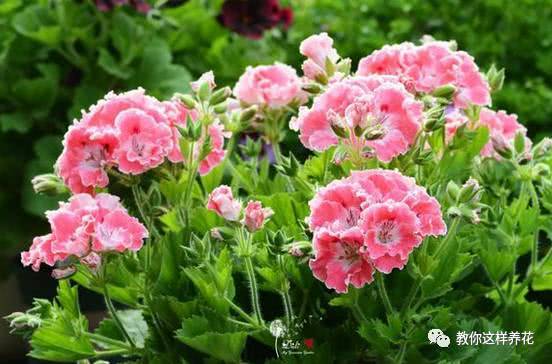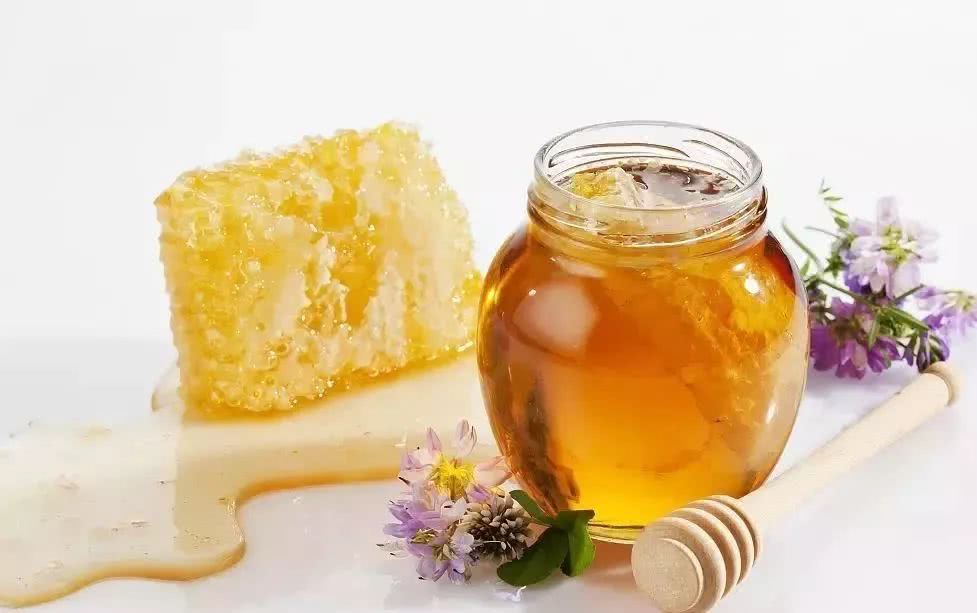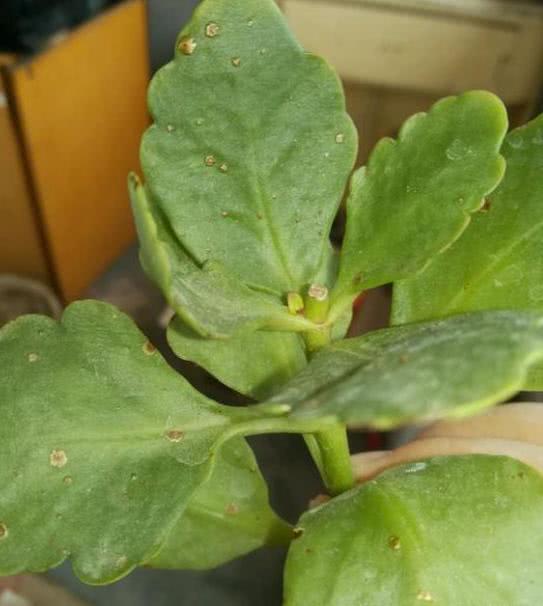This kind of flower is drought-resistant and easy to grow for more than 300 days. Novices can also grow large flower balls.

Geranium, also known as Hydrangea, is a perennial evergreen herb or subshrub woody flower. Native to southern Africa, it is widely cultivated all over the world. Pelargonium has a long flowering period, strong adaptability to the environment, plant size suitable for family potted plants, easy to reproduce, very popular, is one of the common potted flowers in families. Geranium small flowers reunion, large inflorescences shaped like hydrangea, bright colors, like flowers and plants, you must have a pot!
"
Geranium
"
Good-looking variety
Nantong sky
Dudley
Marjory
The king.
Princess Carlton.
Red Beauty
Clove
Aztec.
Red Witch
Lijiangtian
Angel Tok is perfect.
Bicolor angel
Pink Angel
Powder bowl
Candy day
Apple bowl
Dashan Palace
Pandora
White spatter of flower fairies
Chocolate
Lip red
empire
Orange
Tony.
Pope Sophia.
Beryl.
Chinese situation
The picture is from geranium bar flower friend didi Hei, Maoduoer, Dali ice tuo, xei312.
-soil selection-
The pelargonium pot culture soil can be mixed with 4 humus soil, 3 garden soil (or peat soil), 2 river sand (or perlite) and 1 organic fertilizer, or mixed with fine sand soil, humus soil, perlite and organic fertilizer. Potted geraniums need to be turned in autumn.
-fertilization methods-
During the growth period, liquid fertilizer is applied every 10-15 days, while in spring and autumn, liquid fertilizer is applied every 7-10 days; nitrogen fertilizer is the main fertilizer before budding, and phosphorus and potassium fertilizer is the main fertilizer after budding, and the concentration is 0.1%-0.2%. If the room temperature is relatively high in winter and does not stop growing, it should also be fertilized. Fertilization should be stopped when the plant is semi-dormant during the period of high temperature in summer. Because its stems and leaves are pilose, rinse with clean water immediately after fertilization.
-watering method-
Pelargonium has a strong ability to withstand drought and can usually be watered after the soil is slightly dry. Spring and autumn growth season should meet sufficient moisture, so that the basin soil often keep moist, but can not accumulate water; in low temperature cloudy days, generally do not watering, do not fertilize; from June to July is semi-dormant state, watering should be strictly controlled. In summer, we often spray water to cool down, keep the basin soil moist, and pay attention to ventilation and light transmission.
-temperature requirements-
Geraniums like warmth, avoid high temperature, and fear cold. The suitable temperature for the growth of geranium is 1525 ℃, and the indoor temperature should be kept at 10 ℃ in winter. Less than 3 ℃ is susceptible to chilling injury, but some varieties can tolerate the low temperature of 0 ℃. In summer, when the temperature exceeds 35 ℃, it enters a semi-dormant state.
-lighting requirements-
It grows strongly under direct sunlight, the leaves are dark green, the internodes are short, and the plant shape is beautiful. Pay attention to shade in summer to prevent sunburn. The three seasons of autumn, winter and spring should be placed in a place with direct sunlight, and you can move into the room to enjoy it when blooming, but you should still put it in a place with light after flowering. Turn the basin once a week to make the leaf surface receive light evenly. Keep the plant shape symmetrical.
When the light is insufficient, do not blossom; avoid direct strong light during flowering, otherwise, the petals will scorch and wither easily.
-Common diseases-
The main diseases of geranium are mosaic disease, wrinkle skin disease, chlorosis, Botrytis cinerea, root rot, bacterial wilt and so on. The main pests are white mosquitoes, caterpillars, small feather moths and so on. The control of mosaic disease needs to be eliminated together with insect pests, especially aphids. The control of small feather moths can be sprayed with 1000 times of trichlorfon.
-methods of reproduction-
Cuttage propagation is generally carried out in spring and autumn, and cuttings are best taken from the mother plant with frequent flowering, pure varieties and no diseases and insect pests. The top of the shoot and the tender stem below can be used as cuttings, but the top part is the best, growing vigorously and rooting fast. After cutting the cuttings, soak them in 100mg / kg indolebutyric acid for 5min for 10 seconds, then dry them for half a day, let them wilt before cutting them in the sand bed or perlite mixed with peat at 1:1, cover them with a small arch shed and shade when the sun is strong. Keep the temperature 15-20 ℃, take root 3 weeks after 2-Mel, and transplant when the root length is 3-4 cm.
Sow and reproduce, soak the seeds in water for about 15 minutes. Fill the paper cup with peat soil, spray water to wet, put the seeds into the peat soil and cover with a thin layer of soil. Put it in a cool place, keep the basin soil moist, and the seedlings can germinate in 2-3 days. When the seedlings grow to the mouth of the cup, they can be transferred.
-the formation of a bouquet.
If the geranium wants to spend more, the flower blossoms into a ball, and it is more necessary to pick the heart. Generally upright geranium in the seedling height of about 10 cm can be heart, retain 5, 6 leaves. Generally, 4 or 5 branches can be obtained after the first coring (some varieties are not easy to pick lateral branches several times).
Then pick the heart of the side branch again, so that there are often more than 10 side branches after 2 rounds of heart removal, and there can be about 20 pedicels blooming when in full bloom. The shape will be quite plump. Hanging sky in the upright sky on the basis of continue to pick 1 or 2 rounds on it.
(geranium bar Fei Grameen)
Geraniums like to be fat. If you want to bloom into a ball, fertilizer must be necessary. After 10 days of planting, you can start fertilizing. But pay attention to the frequent application of thin fertilizer, during the period to cooperate with the top, to ensure sufficient light. During the growing period of stems and leaves, fertilizer should be applied once a month, but nitrogen fertilizer should not be applied too much. Stems and leaves propagate too much, so it is necessary to stop fertilization and properly remove some leaves, which is beneficial to flowering. In the period of flower bud formation, phosphate fertilizer was applied once every two weeks.
(geranium bar sdf0809)
(the scent of wood flowers in the geranium bar)
Such a beautiful flower
Why don't you hurry and raise it?
Show it to the flower friends who need it.
- Prev

Boiled water plus food excreting systemic toxins in dog days doctors often drink advice.
There are free benefits at the end of the article, don't miss it, don't drink honey, because if you do, you will find that you begin to dislike other drinks. Honey is the only drink without additives, because when you drink it, men, women and children will become addicted to antibiotics, cough and care.
- Next

There are spots on the leaves of longevity flowers and they dare not cut them. I didn't think it was just like this.
There are spots on the leaves of this longevity flower, just ready to cut, afraid of insect pests, do not dare to cut, the old flower friend said that it was just sunburned by the sun, innocuous minor ailments, water droplets have a convex mirror effect in the sun. Longevity flowers like to be cool and afraid.
Related
- Wuhan Hospital Iron Tree Blooming Result Was Instantly Frightened by the Gardener Master
- Which variety of camellia is the most fragrant and best? Which one do you like best?
- What is the small blue coat, the breeding methods and matters needing attention of the succulent plant
- Dormancy time and maintenance management of succulent plants during dormancy
- Minas succulent how to raise, Minas succulent plant pictures
- What are the varieties of winter succulent plants
- How to raise succulent plants in twelve rolls? let's take a look at some experience of breeding twelve rolls.
- Attention should be paid to water control for succulent plants during dormant period (winter and summer)
- Watering experience of twelve rolls of succulent plants
- Techniques for fertilizing succulent plants. An article will let you know how to fertilize succulent plants.

